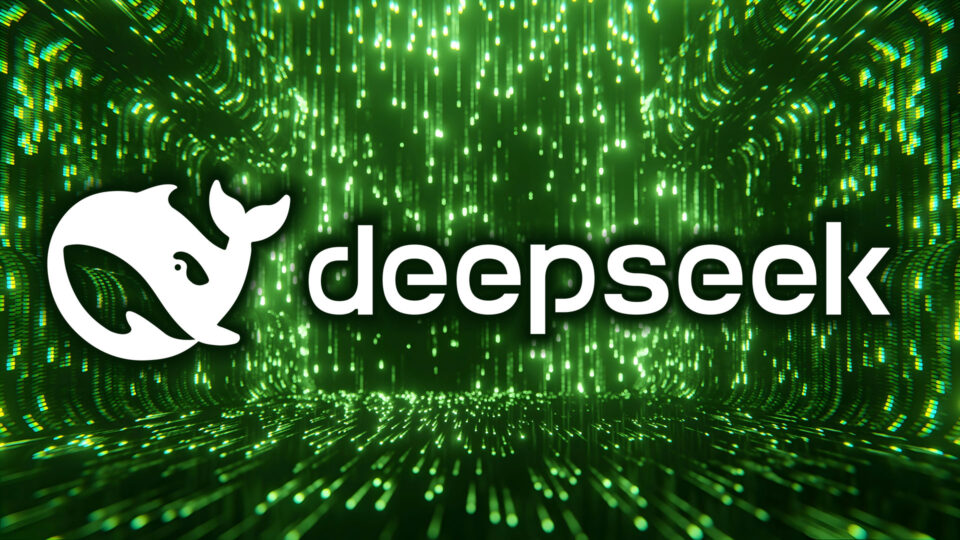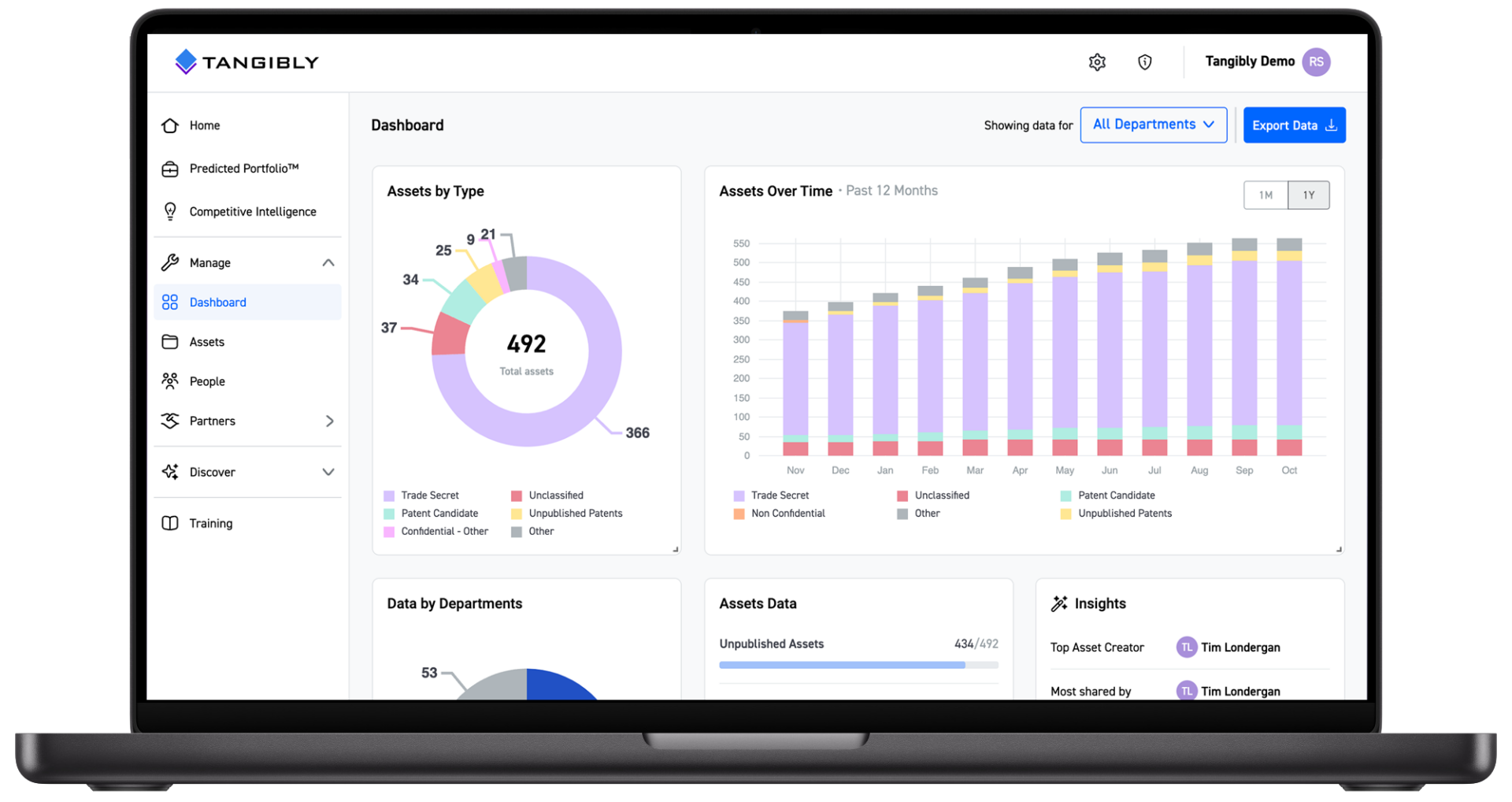 The Chinese DeepSeek R1 and Janus open-source models are certainly all the AI rage this week. The R1 model was built for a cost of about 5% of what its competitors normally spend and promises lower price for AI adoption.
The Chinese DeepSeek R1 and Janus open-source models are certainly all the AI rage this week. The R1 model was built for a cost of about 5% of what its competitors normally spend and promises lower price for AI adoption.
Let’s take a look at DeepSeek from a few different perspectives.
What happens to your data?
Like with any large language model, you have to be careful and mindful about what information you input. Valuable confidential information and trade secrets should not be input into DeepSeek’s model. The same goes for ChatGPT, Gemini, Claude, and all the rest of the LLMs. DeepSeek has the added risk that your data lands squarely in China.
Terms of use
The DeepSeek terms of use has a lot of interesting content!
If you have any disputes with DeepSeek, their terms of use state that you have to first try to negotiate, and then you can file a lawsuit against them with a court having jurisdiction over the registered office of DeepSeek (currently in Hangzhou China). Any disputes will be governed by China law.
Not many people talk (or even think!) about export control restrictions around AI usage, but the DeepSeek terms of use also address this. The user is solely responsible for complying with all relevant export control and sanctions laws. The DeepSeek services should not be used for any use prohibited by export control and sanctions laws, and the inputs should not contain anything requiring a license to release or export. This is especially sensitive given that input data is being sent to DeepSeek servers in China.
Protecting an open-source model
Patenting an open-source model doesn’t make a lot of sense. The technology is advancing at breakneck speed, and any model that you try to patent will likely be long since obsolete by the time the patent grants in 2-4 years.
Protecting the model’s technology as a trade secret is the only approach that makes sense. The protection is created immediately, does not require any public disclosure, and has low marginal cost assuming that you have a trade secret management program in place already.
Protecting the model’s output is also well suited to trade secret protection. Evolving case law suggests that for both patents and trademarks, a real human being is needed as the inventor / creator. An AI cannot be either. It is also unclear if the human entering the input can be considered the inventor, or are they merely presenting a problem for the AI to solve (just posing a problem like “find a cure for cancer” does not make someone an inventor for the cure found later).
